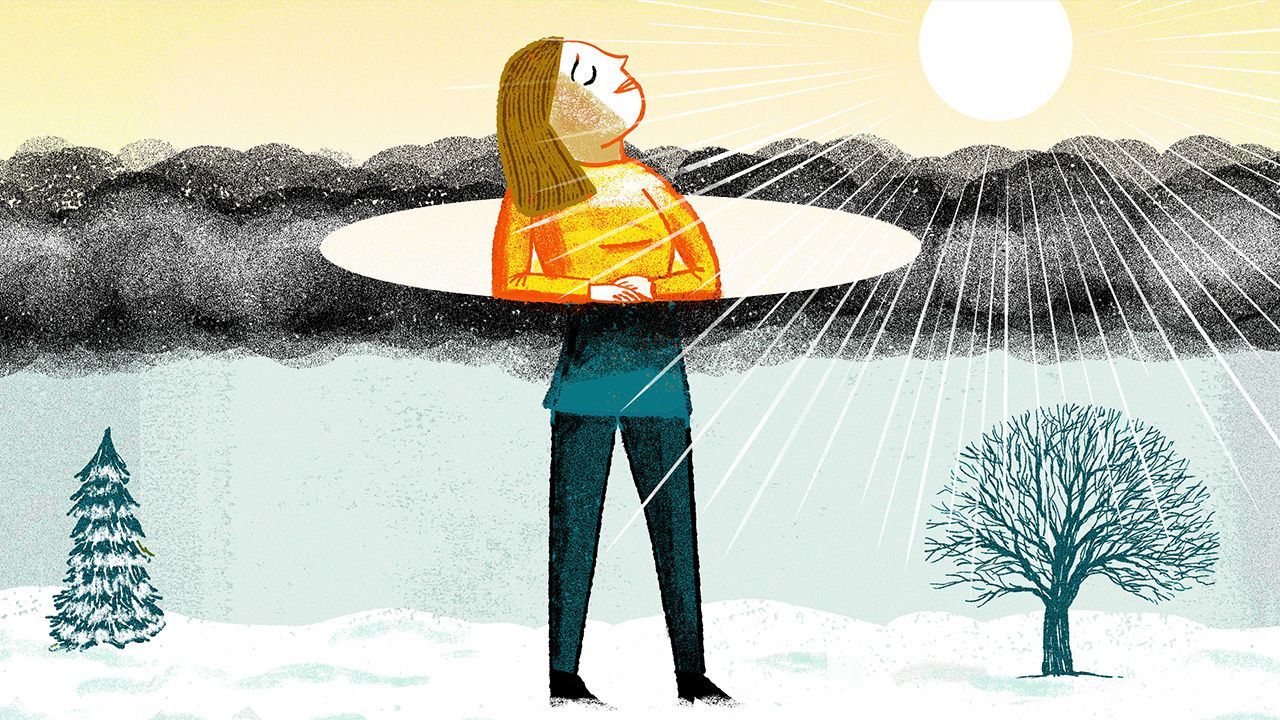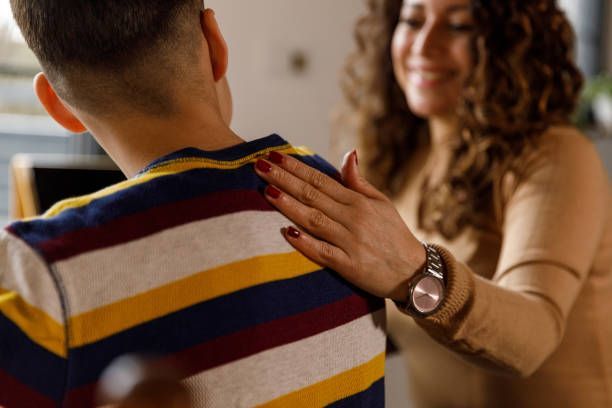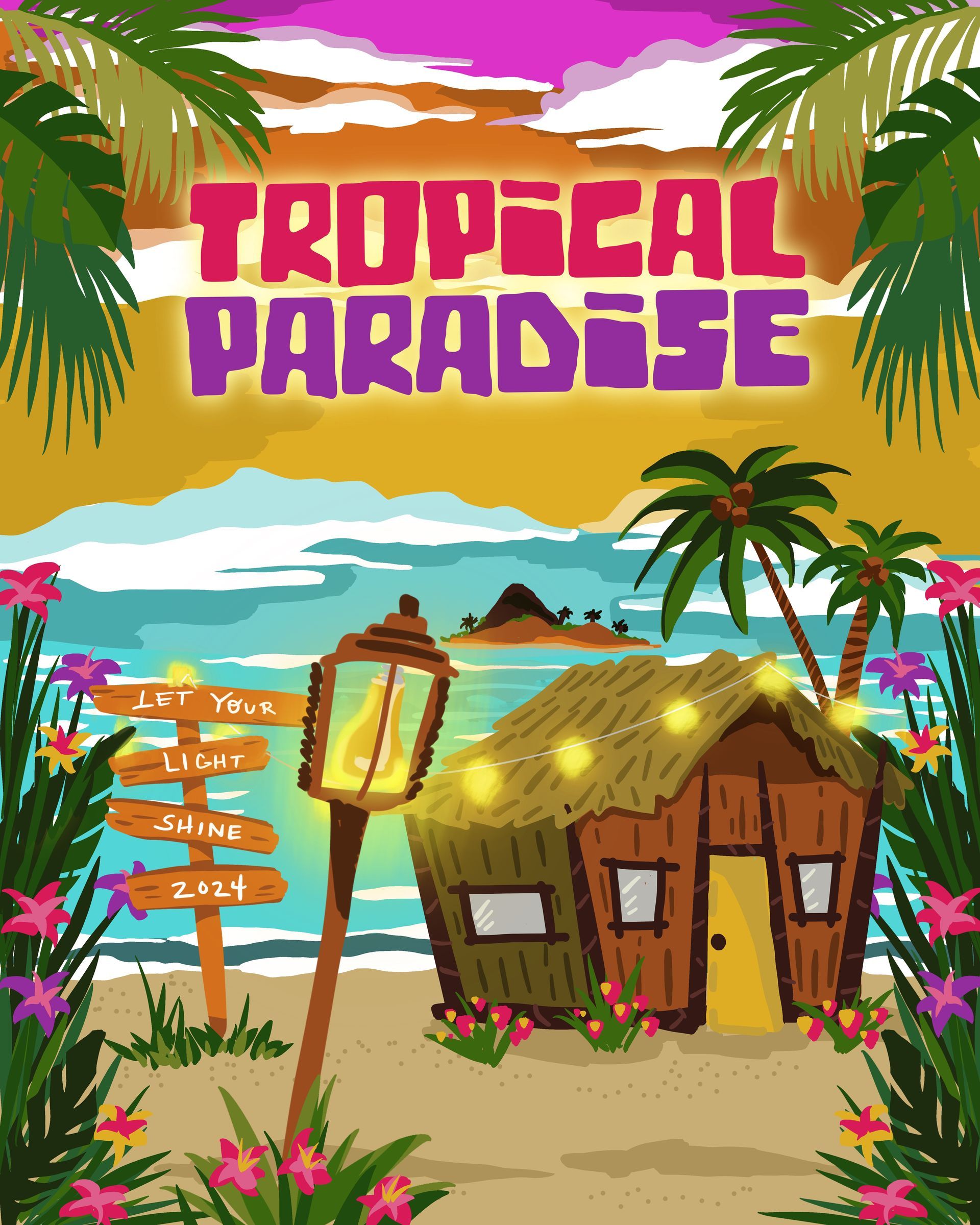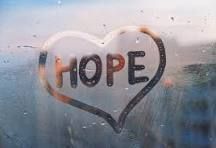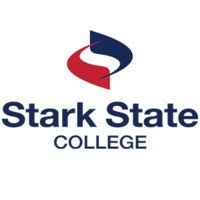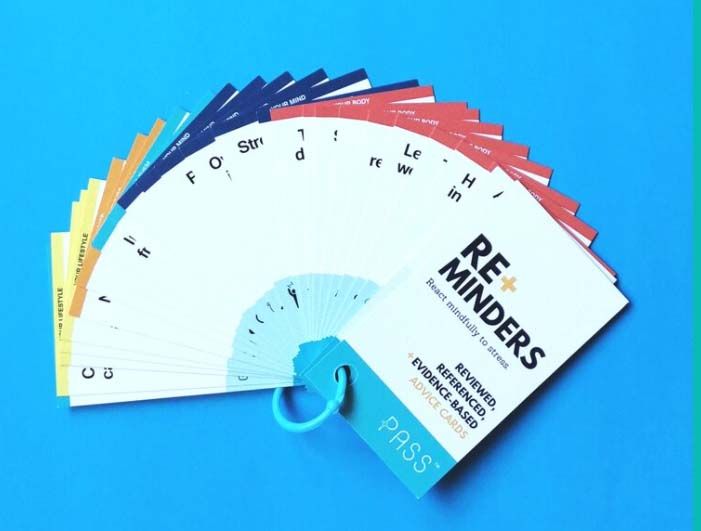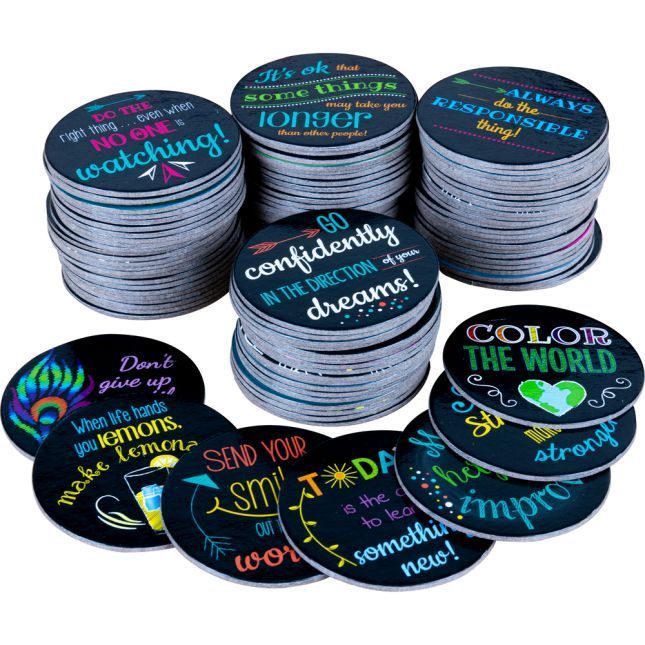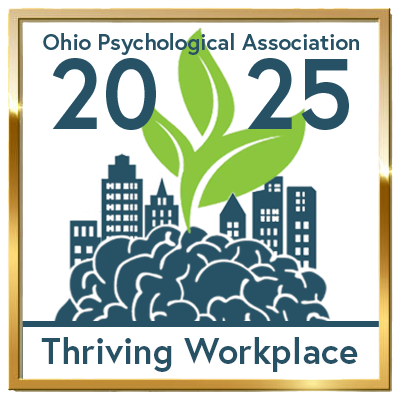In many ways, this past year has tested the patience of even the most positive person. On a monthly basis, one obstacle after another seems to have been placed in front of every individual. All of these challenges has led each of us to a unique shared experience.
Young adults and adolescents have had a major disruption to the way they are used to socializing, learning, communicating, quarantining, masking up and not being able to attend events in person. This has led to an increase in stress and anxiety for many of our collegiate students, who are also adjusting to the “adult world” by living on their own for the first time.
To help young adults across Stark County attack the challenges they are facing today, Child and Adolescent Behavioral Health (C&A) is presenting its third annual Collegiate Mental Health Day on each campus throughout the month of October. C&A will spend two hours, one day on each campus to bring increased awareness to positive mental health practices to college students and provide strategies to cope with stress, anxiety and depression.
COMMUNITY PARTNERSHIPS
Many Stark County organizations have come together to help C&A in their mission.
Coleman Crisis Center will be at each event making students aware of their 24-hour mobile crisis unit for students who are struggling emotionally and may be considering harming themselves. Stark Help Central will provide collateral on suicide prevention to students. C&A’s Stark County Youth Led Prevention team will speak with students and provide handouts informing students how to live a substance free lifestyle. In addition, the University of Mount Union (UMU) has offered their radio station, WRMU-FM, as a way to reach UMU students with mental health messaging though public service announcements (PSA). These PSA’s will be available for other partner schools to share on campus and through their social media channels. This year’s PSA announcements focus on self-care – exercising, proper nutrition, journaling, socialization and the importance of listening to music.
Sponsors for these campus events include Stark County Mental Health and Addiction Recovery (StarkMHAR) and the Ohio Program for College Safety and Mental Health provided a grant.
COLLEGIATE PARTNERS
Partnering schools for this important effort include Kent State University -Stark, Malone University, Stark State College, the University of Mount Union and Walsh University. Each participating school will host C&A for two hours on a different day throughout the month of October to bring self-care strategies to campus.
A self-care kit filled with P.A.S.S. (Panic, Anxiety, Stress and Support) Kit cards, a single packet of Gatorade powder to mix with water, a magnet with local and national emergency contact numbers, a positive affirmation chip and a mini journal notebook for each student that stops by the C&A booth on campus. The kits are to provide students with positive messaging to ease stress and anxiety and increase their ability to cope with life’s ongoing challenges.
Students who stop by the booth can also play Jenga. During the game, students will pull a block and read a positive saying while continuing to build the tower upwards, strengthening the foundation. When the one piece that is pulled out causes the foundation to crack and fall, the student will rely on tips they learned playing the game to rebuild the foundation.
Finally, students may participate in a make and take project. Students will have the opportunity to fill a test tube with water and add glitter. The individual will then shake the test tube up. As the glitter floats everywhere, it represents how sometimes our thoughts are jumbled, out-of-control and we feel unbalanced. Over time, the glitter settles to the bottom of the jar and our thoughts become clearer and may lead to the solution in an uneasy situation.
Students who choose to participate will have the opportunity to pick up information sheets on topics ranging from time management and ways to reduce stress to maintaining positive mental health practices.
For more information on the services C&A offers, please call 330.433.6075.
RECENT POSTS



